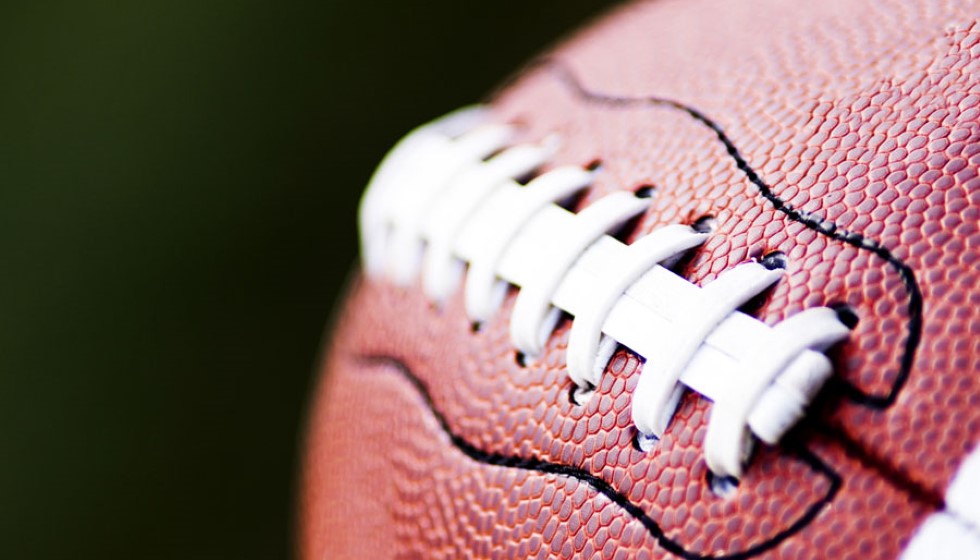
The Future of NFL Uniforms: A New Era on the Horizon
As the 2027 expiration of the NFL's current uniform deal with Nike looms, the league has already begun the intricate bidding process for its next apparel partner — a decision that could reverberate far beyond the gridiron. With Nike at the helm since 2012, the NFL's uniform manufacturer switch brought a significant shift in sportswear strategy, revolving not only around aesthetics but also branding and financial dynamics.
Nike's tenure began as the league transitioned from Reebok, marking a new epoch for NFL uniforms. This collaboration has undeniably infused the league's on-field gear with a contemporary flair while permitting innovations such as the allowance for up to three distinct helmet styles — a development cherished by teams like the Denver Broncos and Houston Texans, who recently pursued substantial uniform redesigns.
The Bidding Landscape
The race to secure the next apparel contract is described as "open and active," suggesting a fierce competitive landscape among global sportswear giants. Before Nike's league-wide dominance, individual NFL teams used to forge uniform deals with various major labels, including Adidas, Logo, Puma, Reebok, and Starter, each of whom may well be eyeing a return to contributing uniforms to football's most prominent stage.
The significance of this contract cannot be overstated. The NFL's apparel deals form a considerable slice of its commercial strategy — intertwining financial benefits with the shaping of its brand identity. The outcome will not only delineate the visual identity of America's favorite sport for years to come but also affect business strategies and fan engagement.
Impact on Sports Culture and Business
The forthcoming decision by the NFL holds vast implications. Whichever company clinches the deal will have the chance to influence sports culture, driving trends in athletic wear that often trickle down to community and youth sports. This confluence of commerce and culture makes the announcement one of the most anticipated events in sports marketing.
Furthermore, this new contract could be pivotal in determining how deeply the NFL's gear can penetrate global markets. An apparel partner with a strong international presence may help bolster the NFL's ambitions to broaden its fanbase beyond North American confines, aligning with its global expansion strategy.
A Sweeping Change? Or Business as Usual?
An interesting subplot to this saga is how the NFL's decision will reflect shifting dynamics in the sports apparel industry itself. Established brands are constantly being challenged by newer, more agile companies aiming to disrupt traditional business models. The eventual award of this contract could signal either a reinforcement of existing business relationships or a nod to innovation and fresh perspectives.
While the curtain remains drawn on who the frontrunners in this high-stakes bidding war might be, the NFL's decision is poised to signal not only fashion and functionality trends for players but also offers a lens through which fans and analysts alike will assess the league's evolving priorities.
This pivotal moment in time will ultimately shape the sporting landscapes of future generations. As the anticipation builds, the eventual outcome of the NFL's next apparel deal will undoubtedly be watched closely by fans, fashionistas, and financial analysts alike, each looking to read into the choice's implications and foresee its influence on the game they love.